Description
“Ancient grain, modern nutrition for health-conscious living”
- A healthy substitute for refined grains
- Fiber rich – helps in digestion and promotes gut health
- Helps in weight management- keeps you satiated for a longer time and keeps hunger in check
- Boosts immunity
- Naturally detoxifies the body
- A wholesome grain suitable for all age groups
- Versatile in cooking- perfect for porridge, khichdi, pulao, dosas and idlis

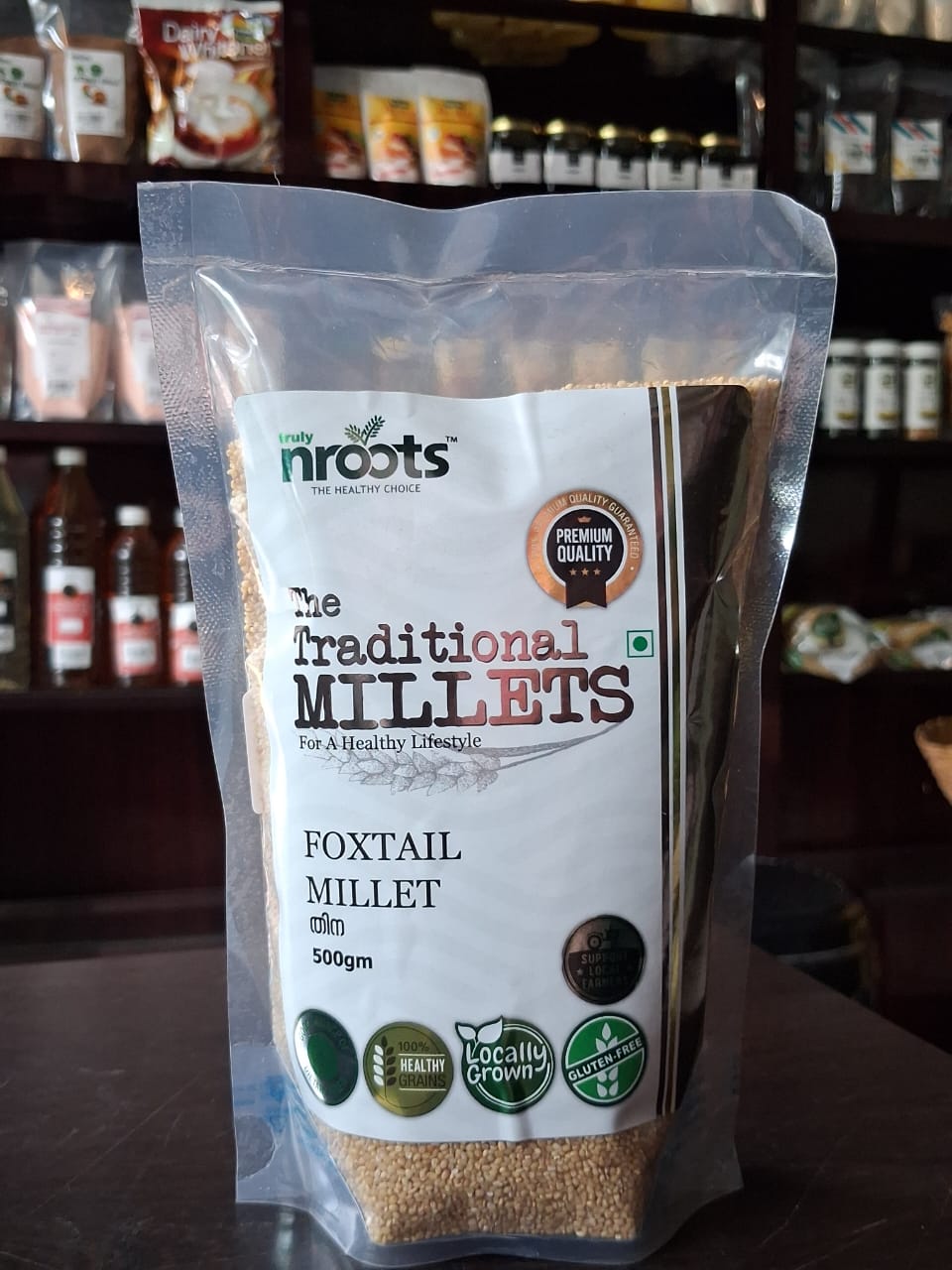

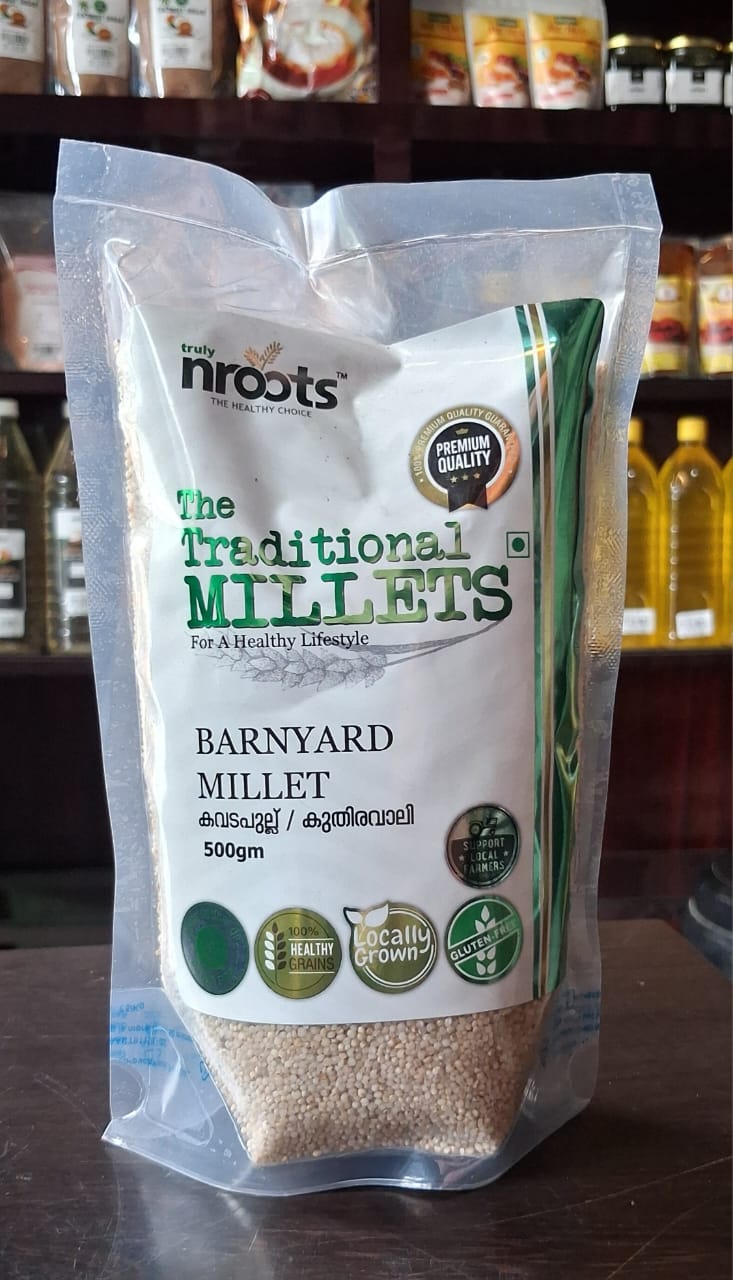

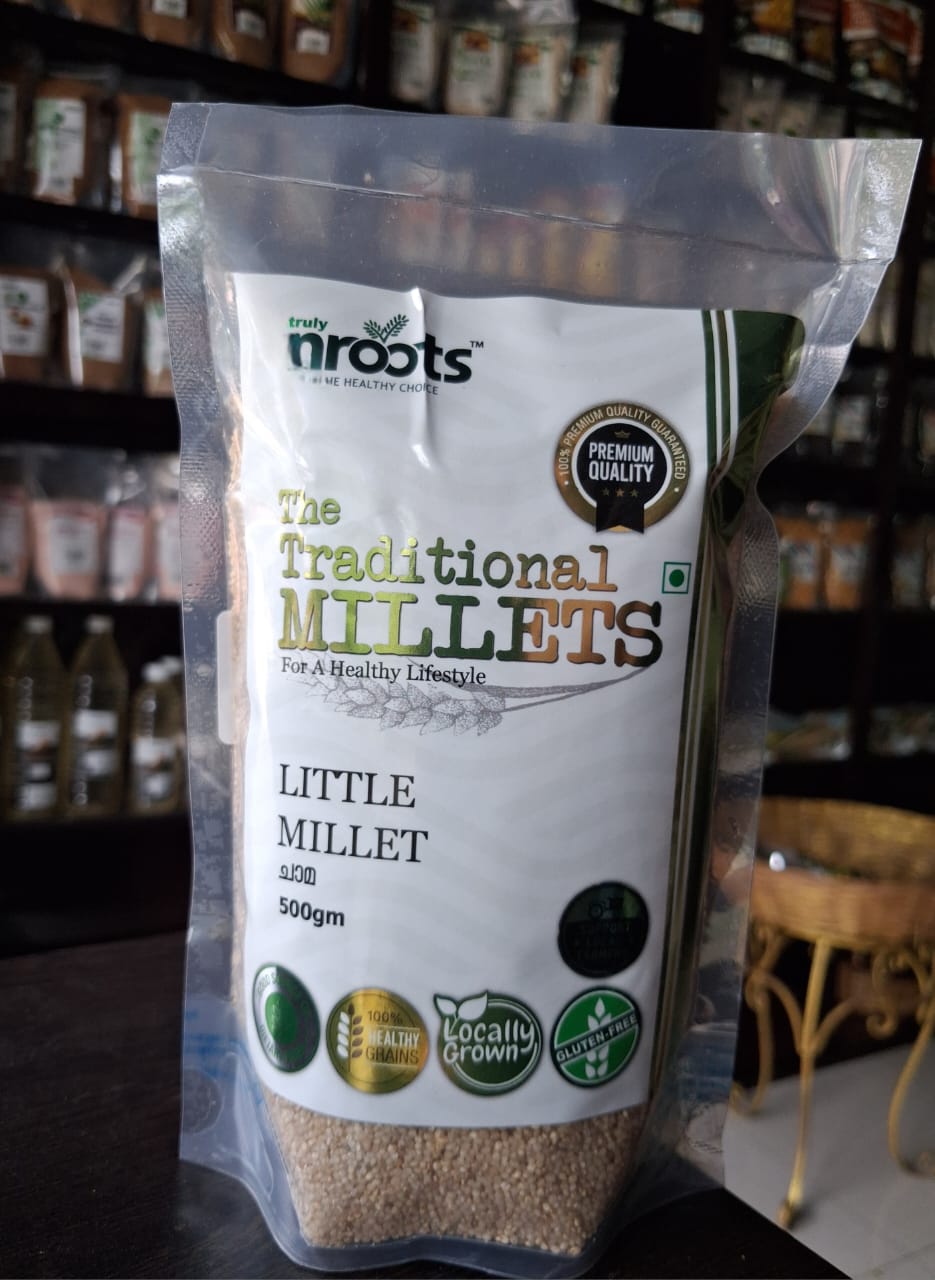
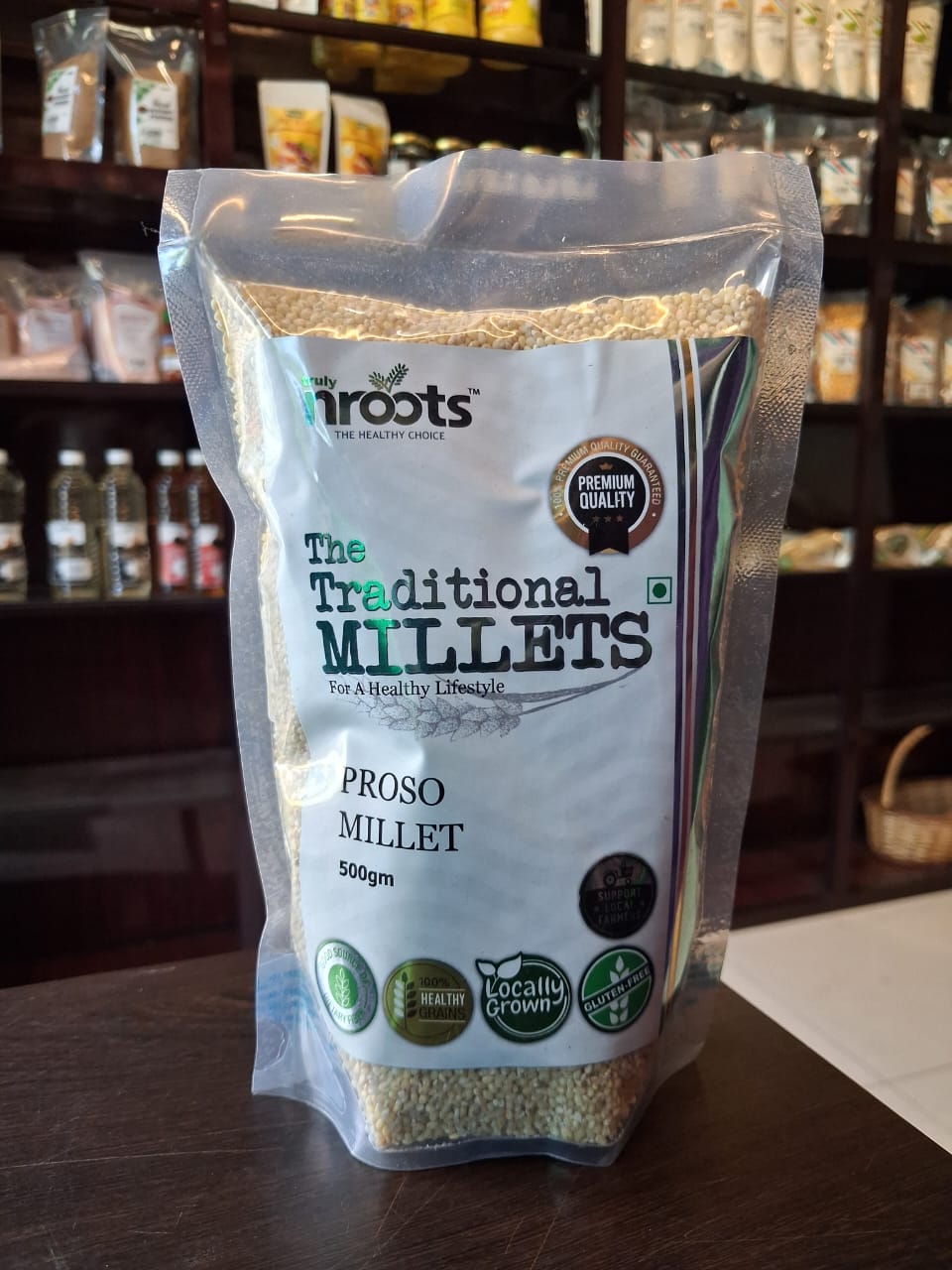
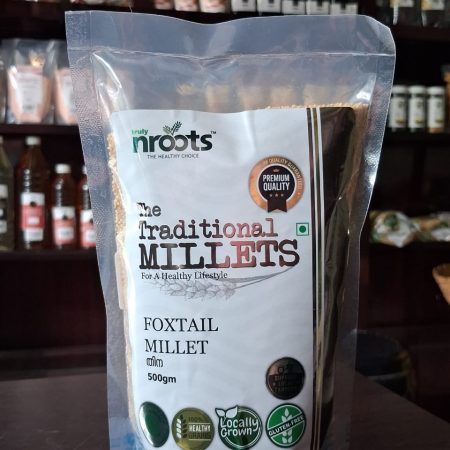
Reviews
There are no reviews yet.